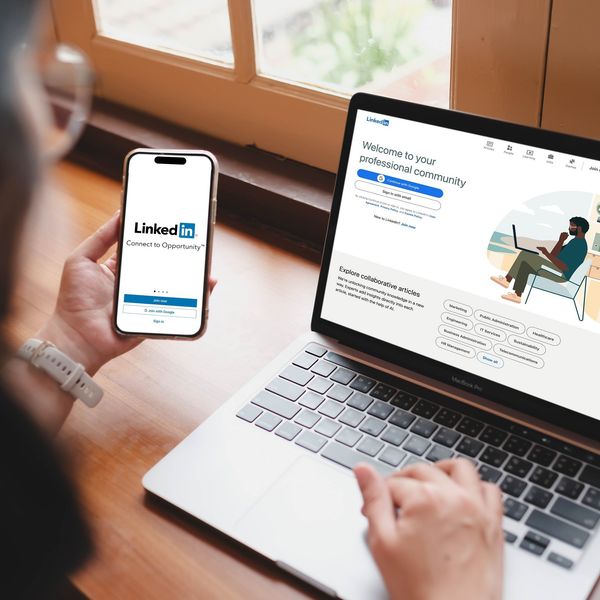Selling with Stories: The Best Way to Capture Your Prospect's Attention
It's time to throw out all those glossy brochures. They don't work any more. The secret to success today is having powerful success stories & case studies that salespeople can share with prospective clients.
That's why I was so excited when I read Stories That Sell: Turn Satisfied Customers into Your Most Powerful Sales & Marketing Asset. In fact, I wrote an endorsement for it:
"Using real customer scenarios with tangible business results is the best way to capture the attention of busy decision makers. This fine book show you how to craft these riveting stories that move prospects to take action. Get it!"I recently had a chance to interview Casey Hibbard, the author, and wanted to share what I learned with you.
Jill: What motivated you to write Stories that Sell?
Casey: In 10 years of creating and managing customer success stories, I’ve seen a lot of growth in the need for them and the number of companies using them. I think that’s because the nature of trust has changed a lot in that time, such that, authentic stories are much more credible than a vendor’s promises.
There’s an intriguing survey that shows how consumer trust changed from 1997 to 2007. In terms of “trusted sources of information,” family, friends and acquaintances kept the top spot. However, “strangers with experience” moved into the second spot – over the media, bloggers and a vendor’s own advertising.Customer stories fill that role by providing an account of another customer’s experience, helping give buyers the confidence and insight they need to make buying decisions.
Jill: What kind of stories have you found that "sell best" or are most effective?
Several things make a customer story compelling. Business buyers need to back their decisions with specific business results. Make sure those results stand out in the story, and are put in terms that matter to the prospect.
Also, the more you can match the featured customer to the prospective customer, the greater the impact. The industry should be the same or similar, and the challenges the same. It even helps if the title of the person quoted matches the decision-maker’s (reader’s) title. A VP won’t associate as closely if an IT person is quoted.Choose an angle that matches the motives of the audience too. Your product or service may accomplish many things, but the story you show the prospect should highlight the outcome that prospect wants. In written stories, cater to readers and skimmers with call-out boxes and descriptive headlines.
Jill: What are you looking for when you interview customers? Are there certain golden nuggets that always seem to work?
Casey: I’m looking for specifics, not just numbers, but anecdotal details. It’s always more powerful when the customer gives an example or anecdote. I like to ask whether there was a specific time or incident where the product or service made a clear difference. Something usually comes to mind for them, and that becomes an interesting example in the case.
Jill: What are the various ways that your clients are leveraging these "stories that sell?"
Casey: There are a couple dozen different ways someone can use a customer story, but most companies only use them a few ways. The most common uses are on the company web site, handed out or emailed for one-on-one sales opportunities, and trade show handouts.
Additionally, organizations can summarize customer stories in sales presentations, include them in newsletters to customers/prospects, use for in training sales reps, up-selling to current customers, in booklets that aggregate a collection of customer stories, in direct marketing, in sales letters, in proposals, in press releases.A tip I picked up from you is referencing a metric from a customer story when leaving a voice mail for a prospect.
Jill: It's critical to do that. Otherwise, prospects delete sellers right away. Customer stories keep them listening and make them hunger for more. One last question, if people are interested in learning more, what do you suggest?
Casey: Visit my Stories that Sell website. While there, they can download a sample chapter, check out the Table of Contents, read my blog and more.
Jill: And make sure you get yourself a copy! Click here now.



